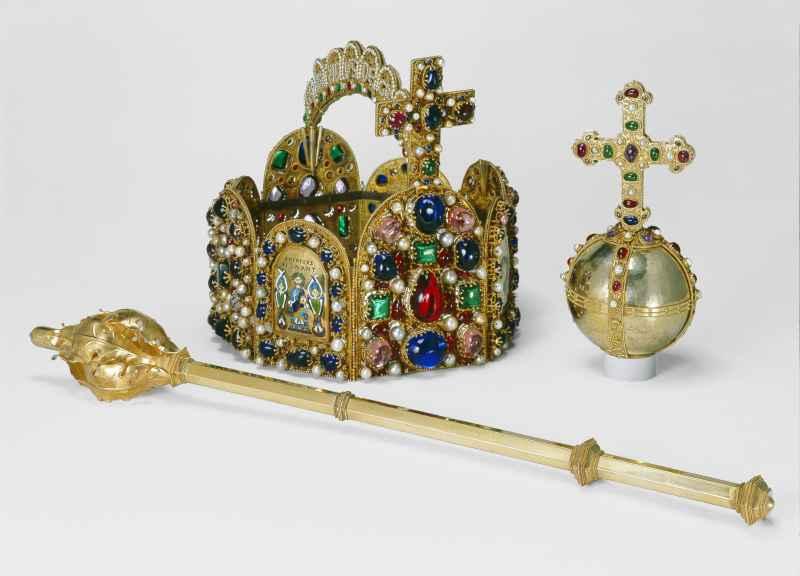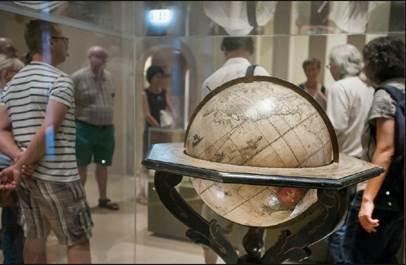
Diverse collections.
New sightings of historical objects
Refugee academics and students from Goethe University Frankfurt accepted an invitation from the museum to tell their unusual stories about historical museum objects. In a project that lasted four months, objects from the museum's collection were selected and looked at in a new way. The participants put their own professional and personal interests at the center of their reflections. With sensitive narratives, the authors question traditional historical lore and thereby address their own personal perspectives and insights.
HMF
Research center for Historical Humanities, Goethe-University, Study Group „sammeln, ordnen, darstellen“

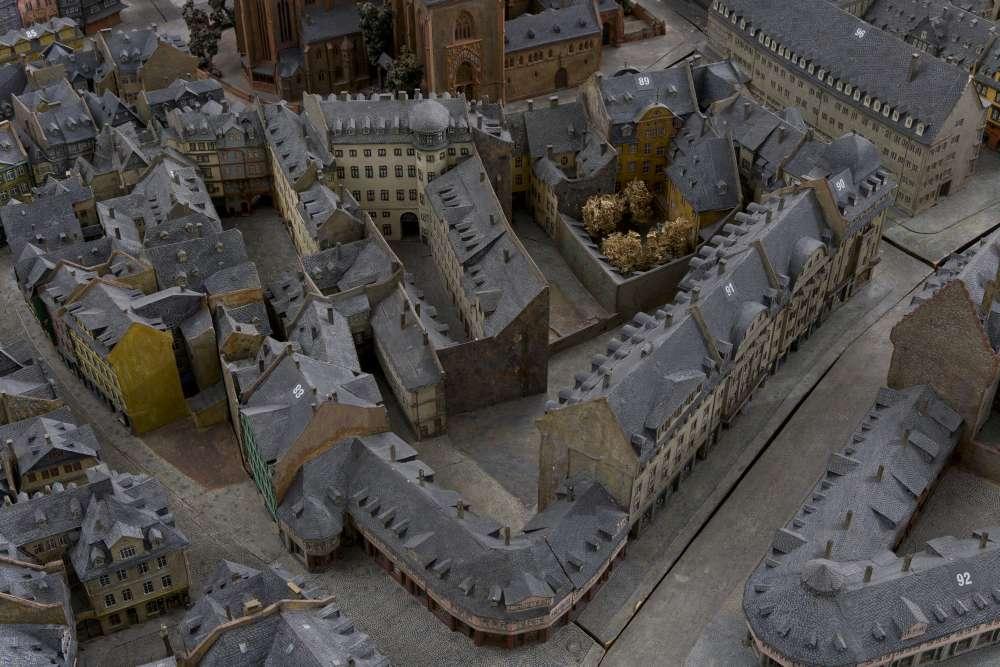


1 –The Treuner brothers’ model of the Old Town
The modell of Frankfurt's old town, which the brothers Hermann and Robert Treuner built from 1926 to 1961, was chosen by Maximilian Pfeifer. The Frankfurt student of history bases his interest in the Treuner model on his own family history: Using the example of the development of his great-great-grandfather's hardware store, which was formerly located in Fahrgasse, he descrbes the gradual loss of importance of Frankfurt's old town as an economic center.
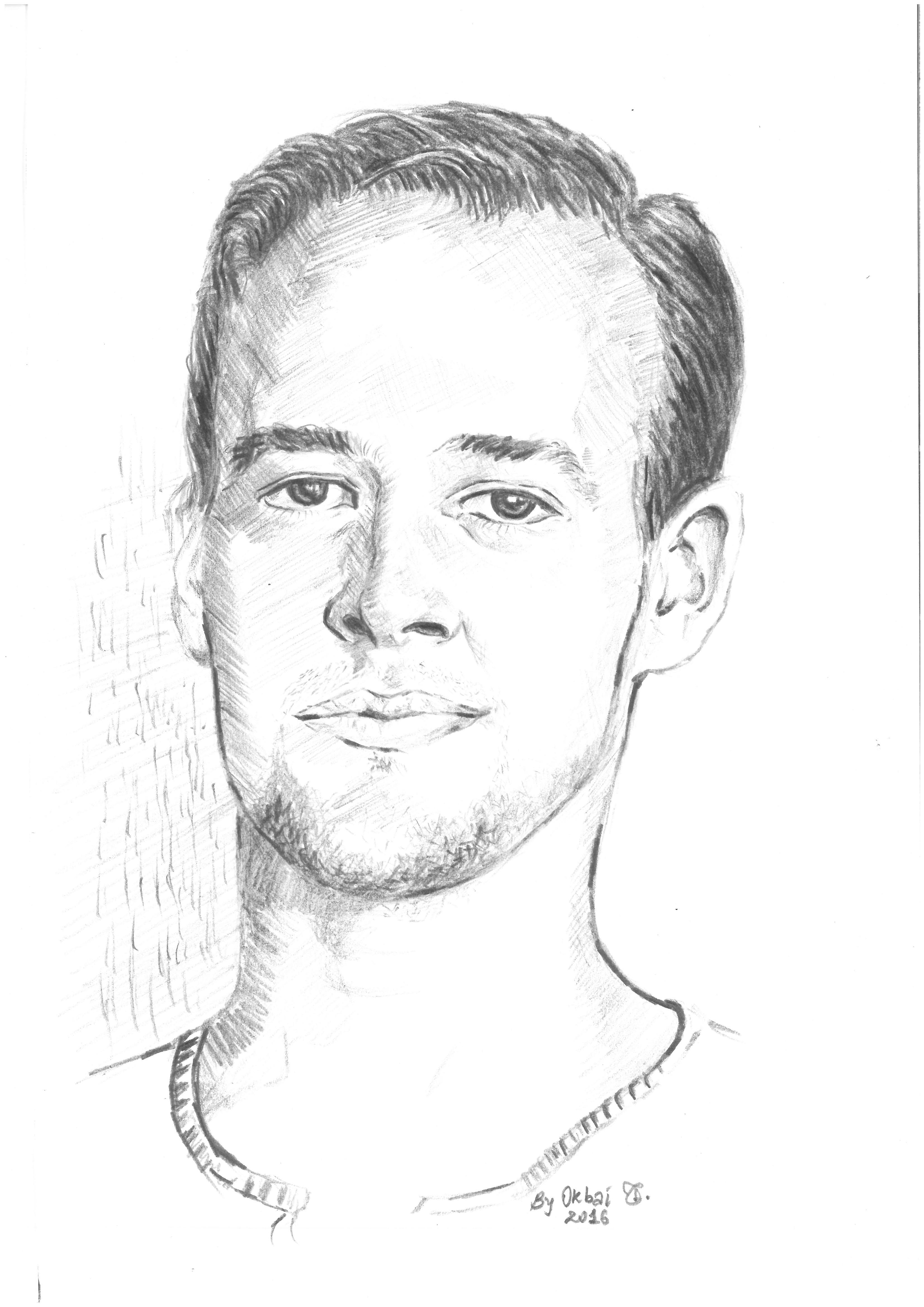



2 – Schöner Globe
Compared to today's depictions of the American continent, the globe produced by Johannes Schöner of Nuremberg in 1515 shows significant differences. At the time of its production, it was groundbreaking: it was only in 1492 that Europeans had discovered America and from then on perceived it as a European civilization area. The Schöner globe was made in very large editions and was also sold in Frankfurt. Only three copies have surveved. What significance it has for a student of history from today's perspective is shown in this contribution by Maximilian Pfeifer.
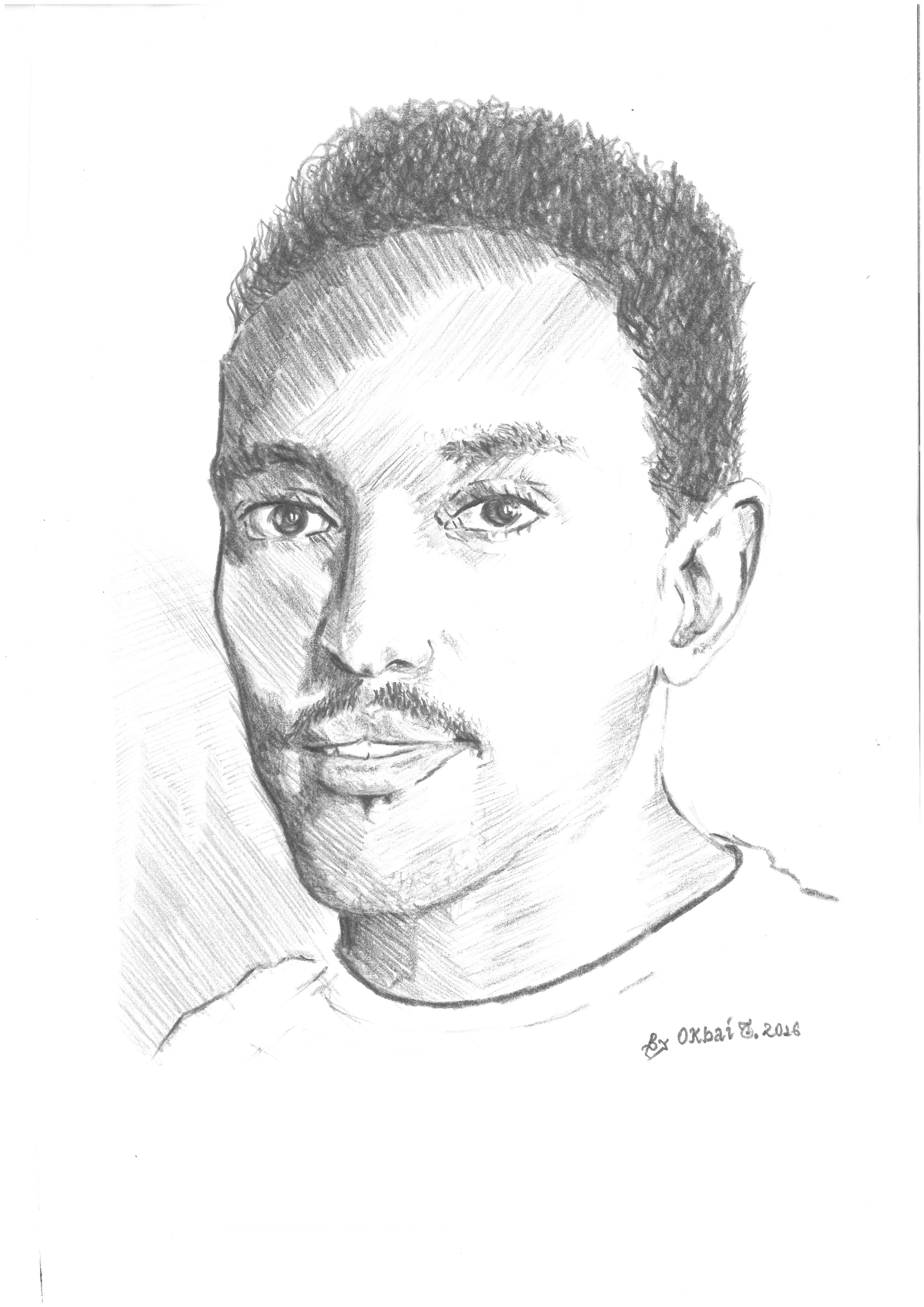



3 – The Franziskanerkloster by Igaraçù
The artist Okbai Tesfamichael from Eritrea invites you to listen to the "voice" of this work of art. The painting by Dutch artist Frans Post tells of idyllic natural landscapes of Brazil in the surroundings of the Franciscan monastery of Igaraçù. The Eritrean artist places this image of Brazil as "Paradise" or "The New World" in the context of Dutch colonial propaganda and directs his gaze to fractures within this apparent paradise.
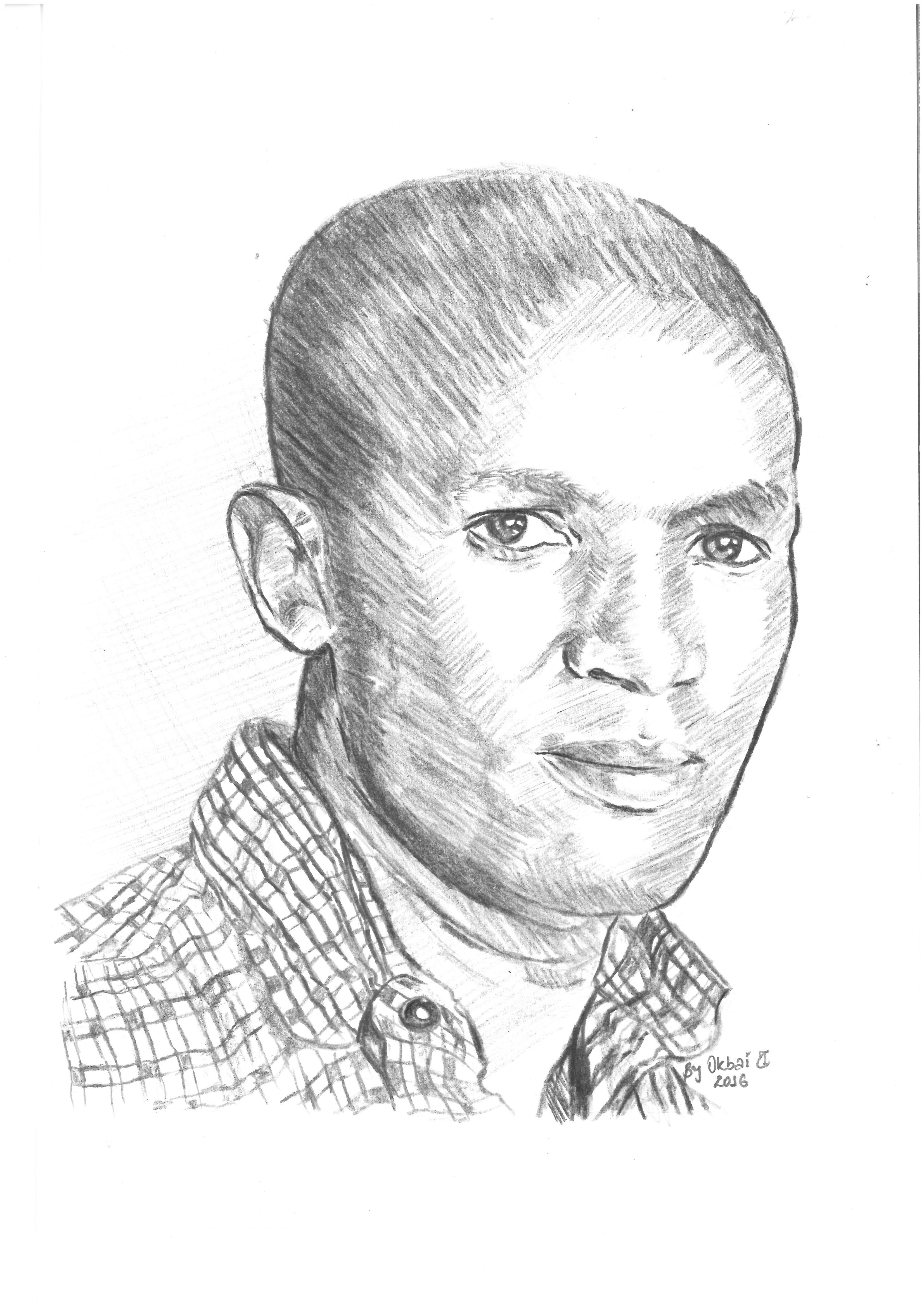
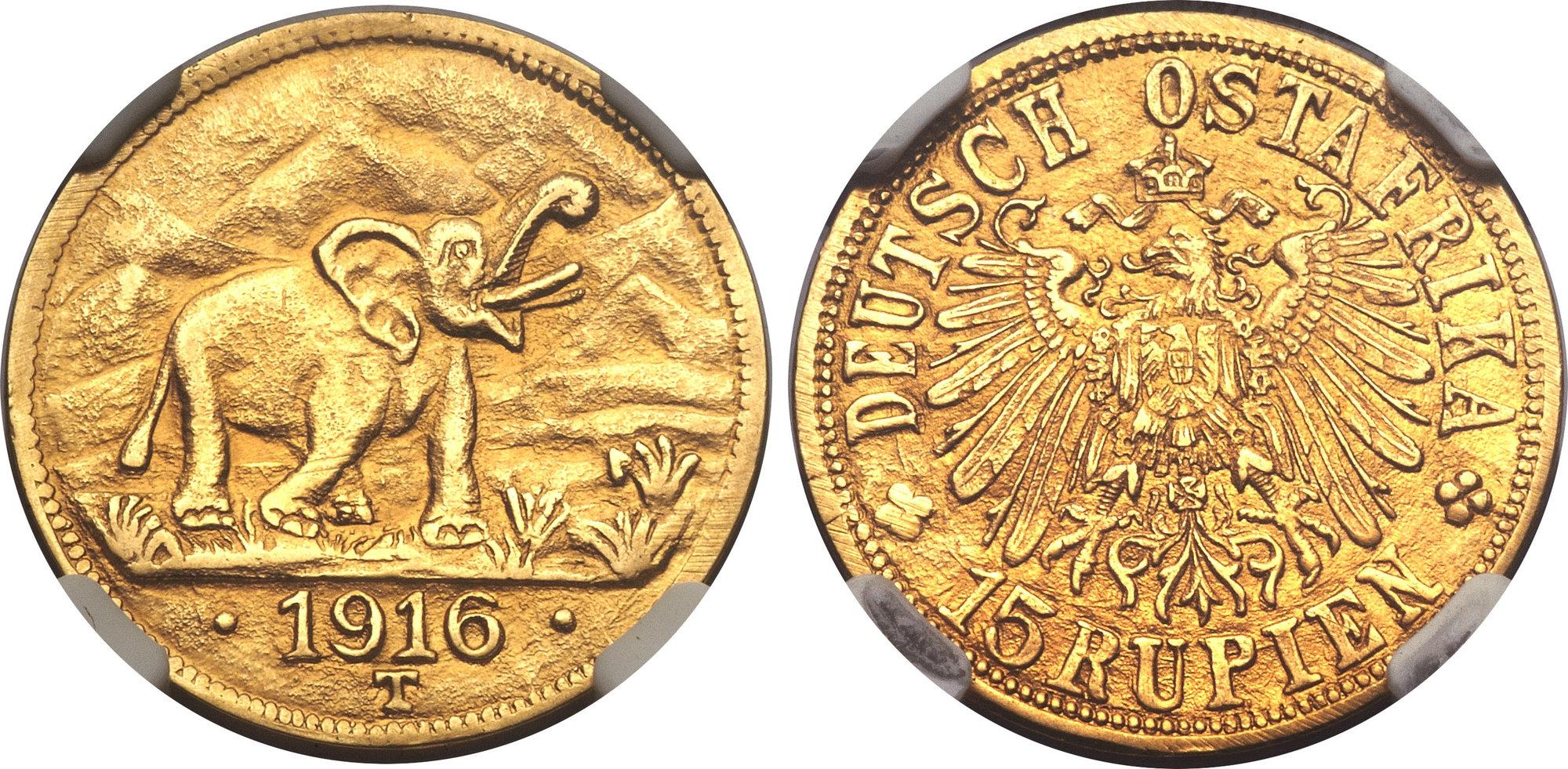


4 – German East African rupie
Kasahun Geremeskel from Ehtiopia explores this coin from the former colony of German East Africa. Geremeskel studies finance in Frankfurt and discusses details of German colonial history in east Africa using the material composition of the coin, its minting and the animals depicted on both sides of the coin.
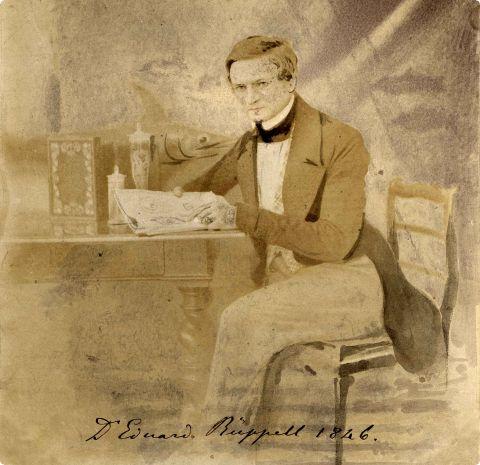
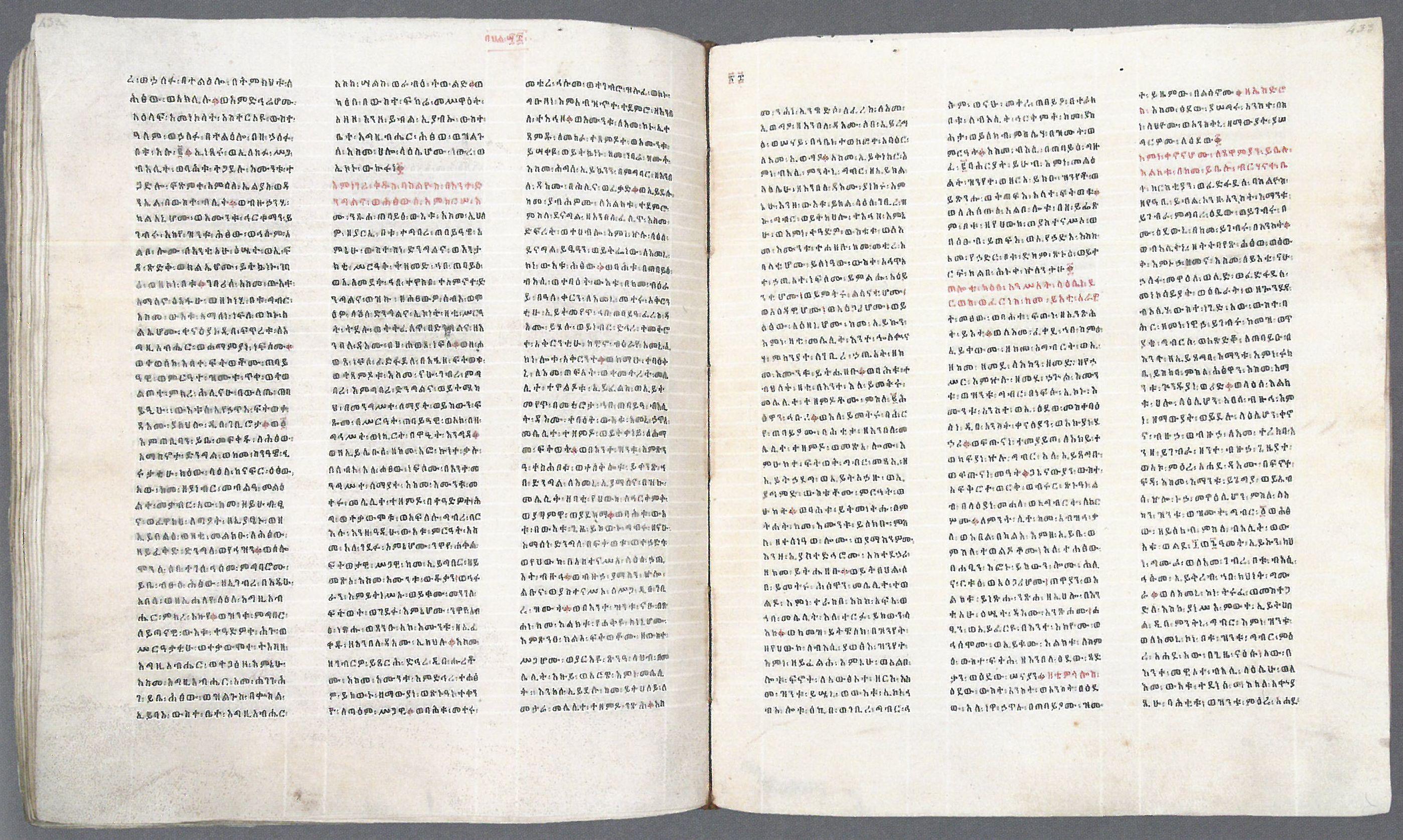


5 – Ethiopian manuscript
The "Mashafe Hawi" is a manuscript from ancient Ethiopia written in the ancient Ethiopian language Ge'ez. This sacred scripture of Ethiopian Orthodox Christianity contains moral instructions on the conduct of life for believers. In the 19th century, the German explorer Eduard Rüppel acquired the manuscript and brought it back to Frankfurt. But what is the significance of the manuscript over the centuries until today in Ethiopia?
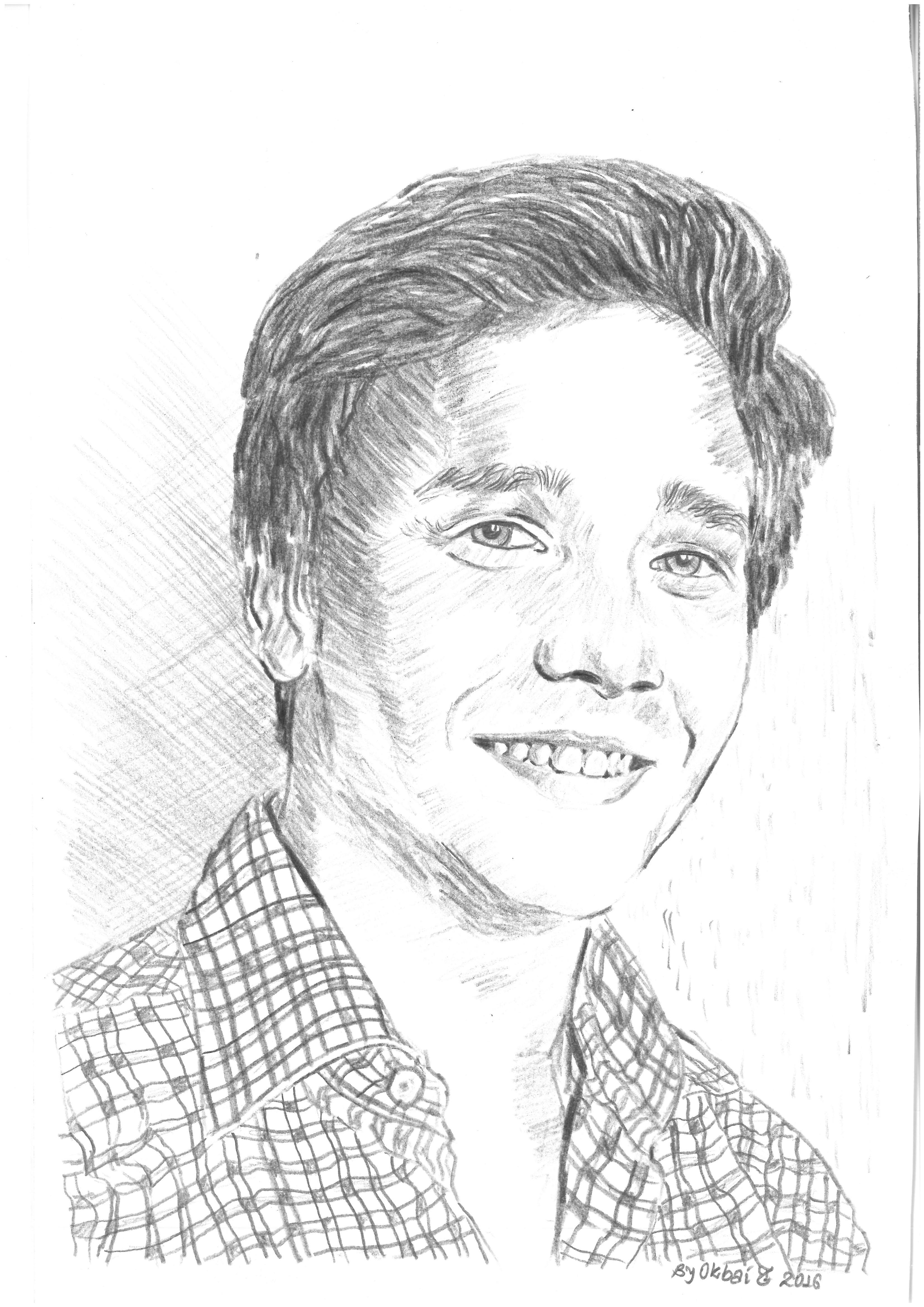
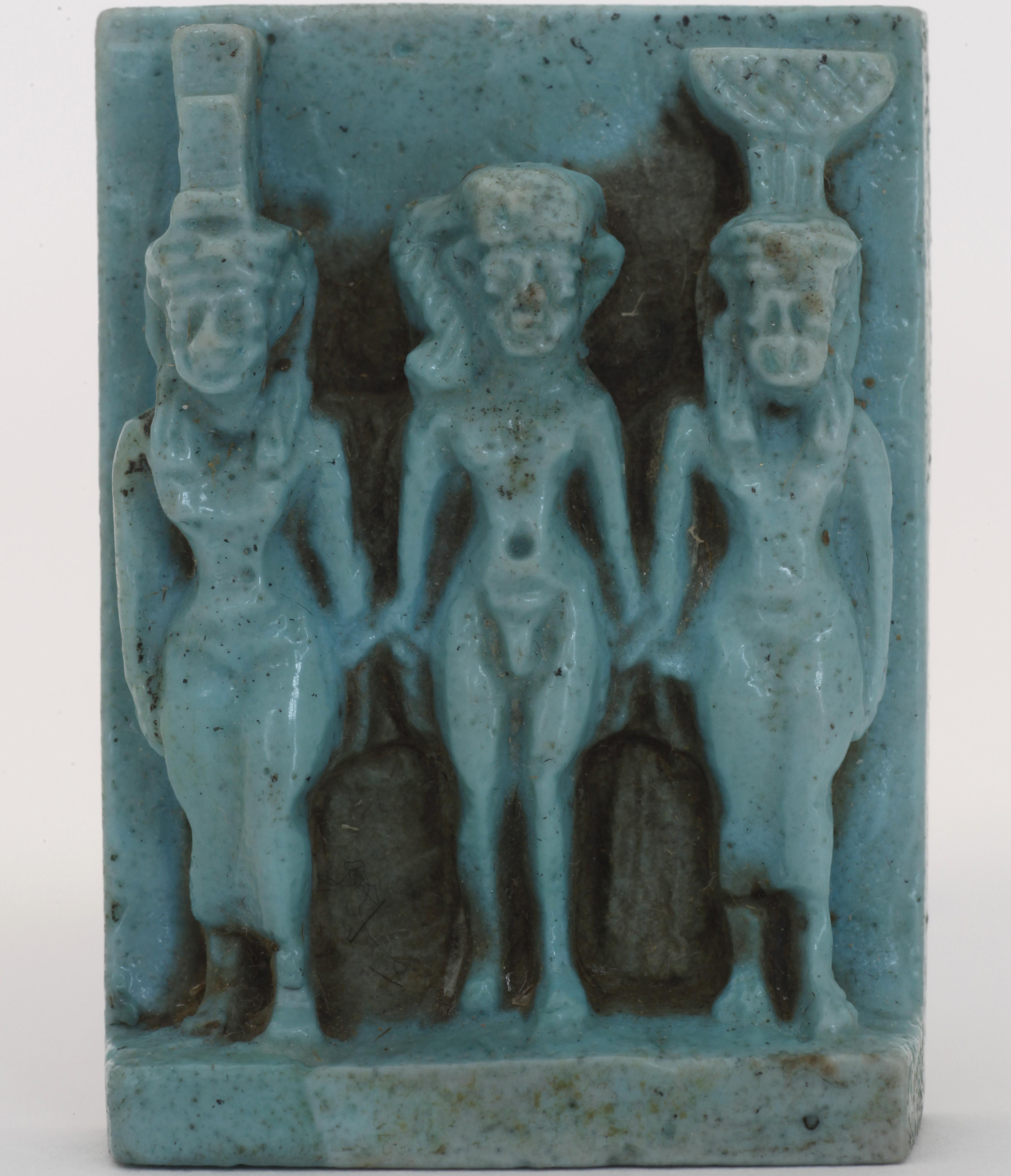


6 – Triad of gods
In a fictional narrative, Gregor Meinecke's contribution lets the explorer Eduard Rüppell report on his second trip to Egypt in 1831. Embedded in a dialogue between Rüppell and his seasick travel companion Friedrich is a description of an amulet that the explorer had acquired in Cairo during his first trip to Egypt in 1817. For Rüppell, the piece of jewelry is initially worthless, but he soon asks the gods of ancient Egypt for assistance in view of the dangers that threaten him on his journey.

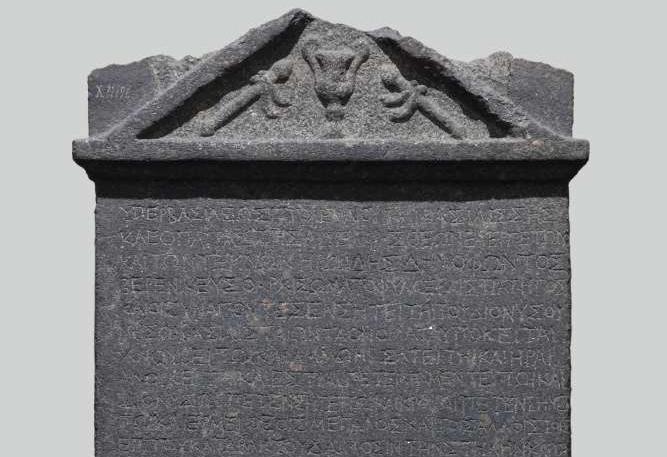


7 – Stele with consecration inscription
Mesfin Mulugeta Woldegiorgis is a political economist from Ethiopia. Together with colleagues from Goethe University Frankfurt, he translated the inscription of this stele from the 2nd century BC. What secret does the inscription of this stone, which the explorer Eduard Rüppel found in 1817 on an island near Aswan in Egypt, hold?

